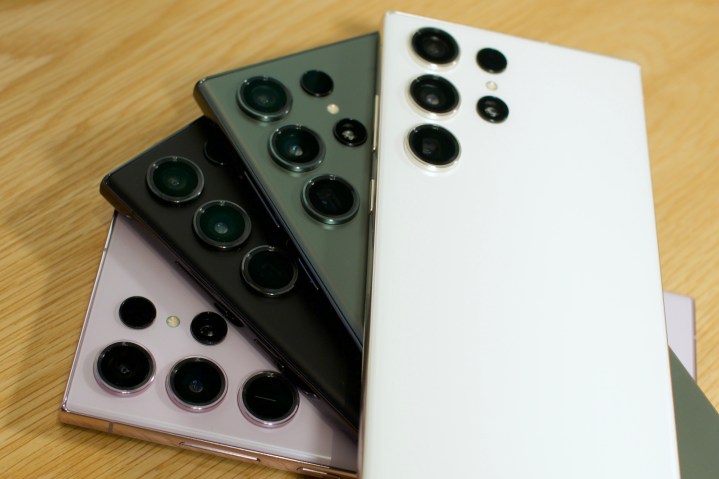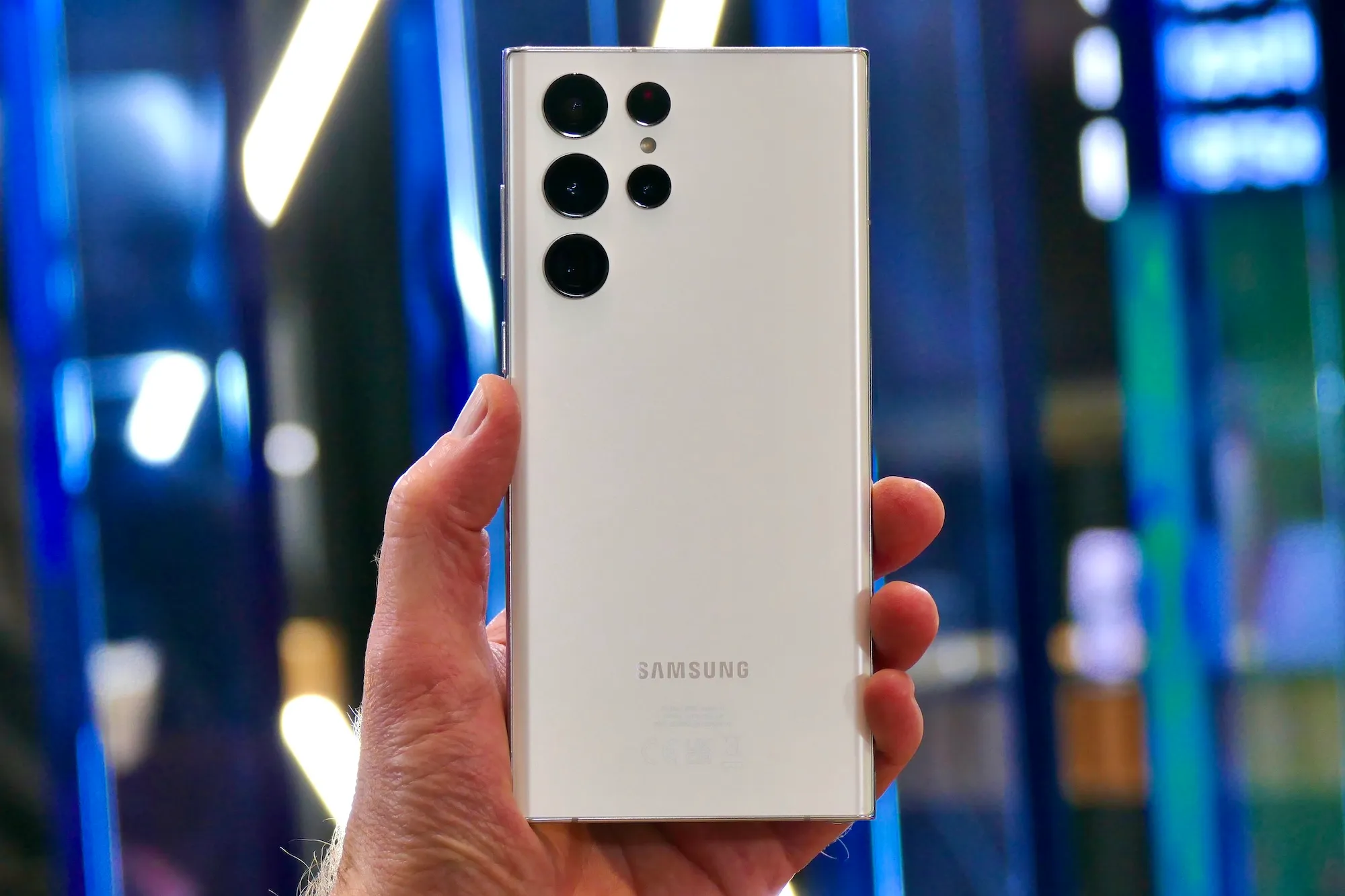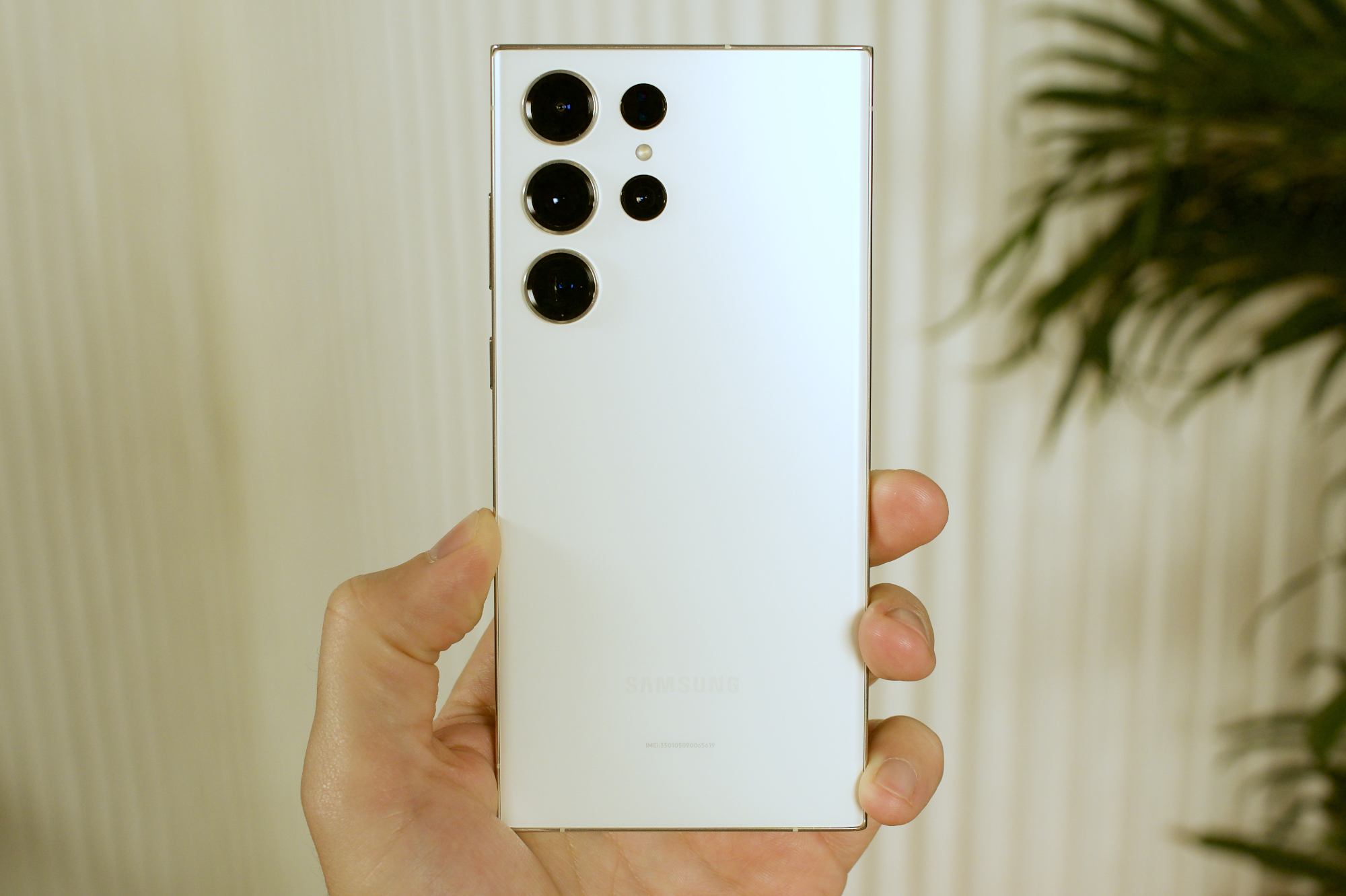The Galaxy S23 Ultra is proof that we need to start thinking differently about annual updates to our favorite phones. On the surface, it’s very similar to the Galaxy S22, with a practically identical design, the same screen technology, and — on the Galaxy S23 and S23 Plus — even the same 50-megapixel camera as the last model. Yes, there’s a new processor and, on the Ultra, a whopping 200MP camera, but not everyone will find that exciting enough.
But mobile technology is now at s point where small, detailed updates are going to become the norm, and as I’m going to explain, it’s much better than the alternative — and we should really be happy about it. You probably don’t need to buy the S23 Ultra, and that may be the most impressive thing about it.
It’s the same again, isn’t it?

The days of massive model updates every year are long gone, particularly on flagship phones like the Galaxy S23 Ultra. It was never going to be dramatically different from the Galaxy S22 Ultra — or even the Galaxy S21 Ultra. At least not in terms of design, screen technology, connectivity, durability, or battery life. Anyone scouring the spec sheet for multiple, monumental updates is going to be sorely disappointed. You’re getting two new headline features: the Qualcomm Snapdragon 8 Gen 2 for Galaxy processor and the 200MP camera.
Outside of these two features (which are, in reality, considerable advancements over the S22 Ultra), everything else could be considered incremental, or even stagnant. The screen is still a Dynamic AMOLED 2X with a 120Hz refresh rate and basically the same resolution as the S22 Ultra, the S21 Ultra, and the Galaxy S20 Ultra.
A phone you bought in early 2020 has many of the same core specs as the version released in early 2023.
There’s 45-watt charging for the 5,000mAh battery, a new version of Gorilla Glass over the screen, an IP68 rating, 5G, AKG-tuned stereo speakers, an in-display fingerprint sensor, a stylus, and some cameras on the back. The list goes on.
Sounds dull, doesn’t it? A phone you bought in early 2020 has many of the same core specs as the version released in early 2023, and the comparison is even closer when you look at the S23 Ultra versus the S22 Ultra comparison. It’s enough to make us take to Twitter and voice our disappointment, as we publicly dismiss the S23 series as lazy, uninspired, a waste of time, and evidence that the smartphone industry is entirely bereft of ideas. Harumph.
Samsung doesn’t need to reinvent the wheel

Stop for a moment first. These core specifications are not only really good, but most are practically maxed out. There’s almost nowhere to go. The screen does not need a higher resolution, a higher refresh rate, or to be any bigger. The connectivity isn’t changing anytime soon, the IP68 rating is the best you can get, and the battery is likely the largest we can have without negatively impacting the design.
Talking of the design, it also doesn’t need to change. The S22 Ultra and S23 Ultra look great and have a recognizable, unique shape compared to the competition. It’s not especially daring, but that’s part of its appeal. Google also recently learned the value of not updating the design with the Pixel 6 and Pixel 7 series, and both the phones and the brand are better for it.
Aside from the processor and the camera, where do you really want manufacturers to improve? How about more battery life, faster charging, and more durable materials? I know I want to see these aspects improve, but I also understand it takes time. The thing is, when we dig into the spec sheet and examine the details, we can see it happening.
For example, Corning’s Gorilla Glass has slowly evolved since Gorilla Glass 6 was used on the S20 Ultra, and the chassis material has been changed from basic aluminum to the latest Armor Aluminum on the S23 Ultra. The screen’s brightness has slowly increased, too, so it’s more visible outside in sunlight. The new processors used in each phone increase efficiency, and therefore extend the battery life over the previous generation. Changes that look simple on paper cumulatively add up.
Better than the alternative, and better for your wallet

Less confident manufacturers would instantly worry about a negative reaction to a phone deemed “lazy,” should there not be some headline feature for marketing to hang its hat on. This is a concerning point in a phone’s development because it’s when the gimmicks get rolled out, or a mostly worthless feature gets highlighted in a tedious lifestyle TV ad. Give me the small changes above over yet another stupid camera feature I’ll never use.
There’s another reason to be happy that annual phone updates aren’t moving at the speed of light. It means the phone you paid more than $1,000 for last year is still superb. It can even mean the $1,000 phone you bought two years ago is probably still good too. The Galaxy S23 Ultra is shaping up to be excellent, but the S21 Ultra is also excellent, just like the iPhone 13 Pro Max still looks excellent when compared to the iPhone 14 Pro Max.
It’s better for our wallets, and it’s better for the environment not to upgrade each year, but it’s hard not to when you love tech. The writing has been on the wall for a while, but the Galaxy S23 Ultra is the final proof we all needed that no longer is there an absolute need to upgrade annually. It’s time to let go of expecting big, splashy new flagship designs and features. Instead, we should embrace the little details and the changes they bring, then keep our wallets closed for a year or two longer than we may have done in the past.





